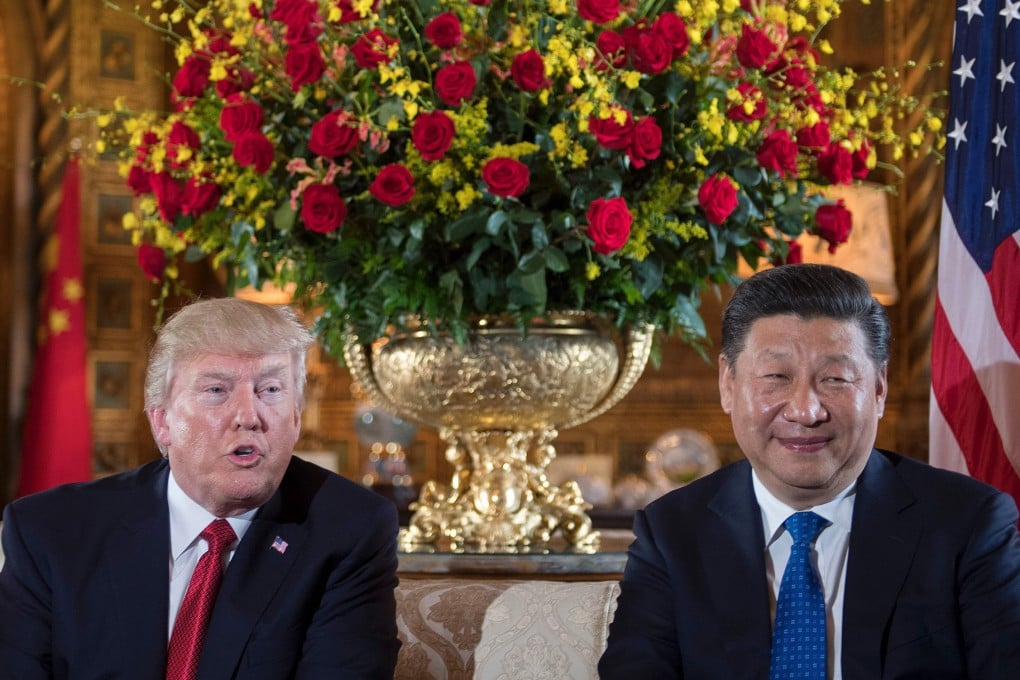Editorial | China shows restraint in measured response to Trump tariff salvoes
Countries that believe in free trade should stand together as US president targets nations, sows chaos and prompts responses

As expected, Beijing has fired back at US President Donald Trump’s imposition of tariffs on Chinese goods, retaliating with punitive measures of 10 to 15 per cent on select US products starting from February 10. The response appears to be a measured one, allowing room to negotiate. It also was clearly well prepared.
Still, given the chaos being sown by Trump in trade relations around the world, it is unclear how useful it will be. In the first two weeks of his new administration, Canada, Colombia, Mexico and the European Union have also been targeted. Trump’s extra 10 per cent levies on all Chinese goods kicked in on Tuesday.
There was confusion when the US Postal Service said it was stopping all inbound parcels from the mainland and Hong Kong until further notice, only to announce last night that it was resuming services. The Hong Kong government expressed its “strong disapproval” at the temporary suspension and extra tariffs on city products. Trump had issued an executive order ending “de minimis” tax exemptions on packages under US$800.
China, in contrast, looks like a model of restraint. It narrowly targeted US$20 billion in annual imports on coal, natural gas, petroleum, agricultural equipment and other goods, and imposed export controls on key minerals. Trump’s blanket tariffs target US$450 billion in Chinese goods. Beijing also placed Google under an anti-monopoly investigation. It does not offer search, maps or Gmail in China, but its android is the dominant operating system.
Trump’s modus operandi has been to take things to the brink, then hold off after a call with his counterpart. The 25 per cent tariffs Trump levied on allies Mexico and Canada for failing to halt the fentanyl trade and illegal immigration into the United States were paused for a month on Tuesday after talks with President Claudia Sheinbaum and Prime Minister Justin Trudeau. Trump has said he is ready to talk to President Xi Jinping, but also that he is in no rush.
Nor is China. The world’s second-largest economy is far more ready for this trade war than it was in 2018 during Trump’s first term. It now manufactures a third of global output, has signed multiple free-trade pacts and built stronger ties with the Global South. It also appears to be keeping its powder dry for prolonged trade tensions.

